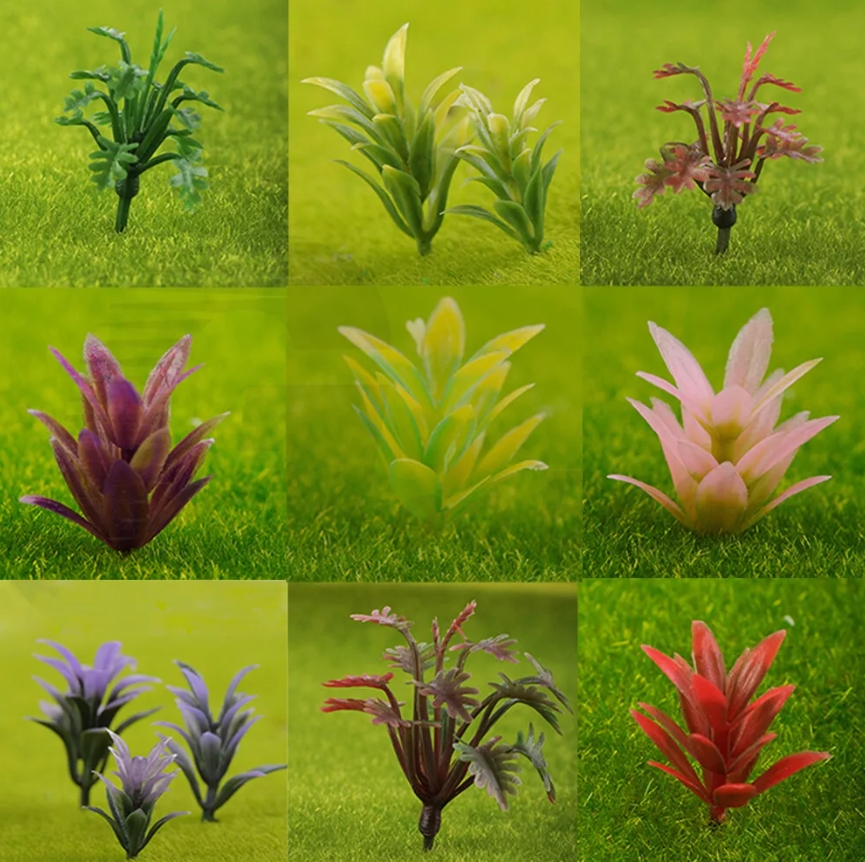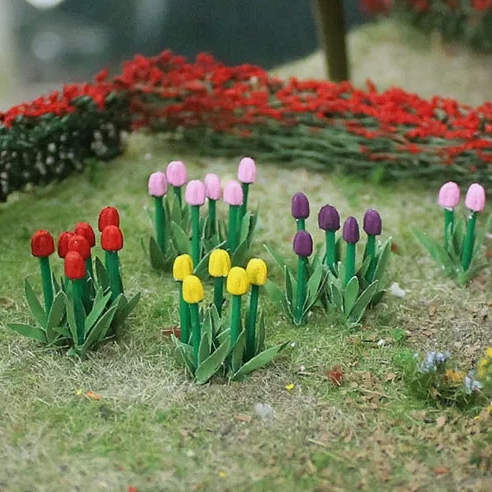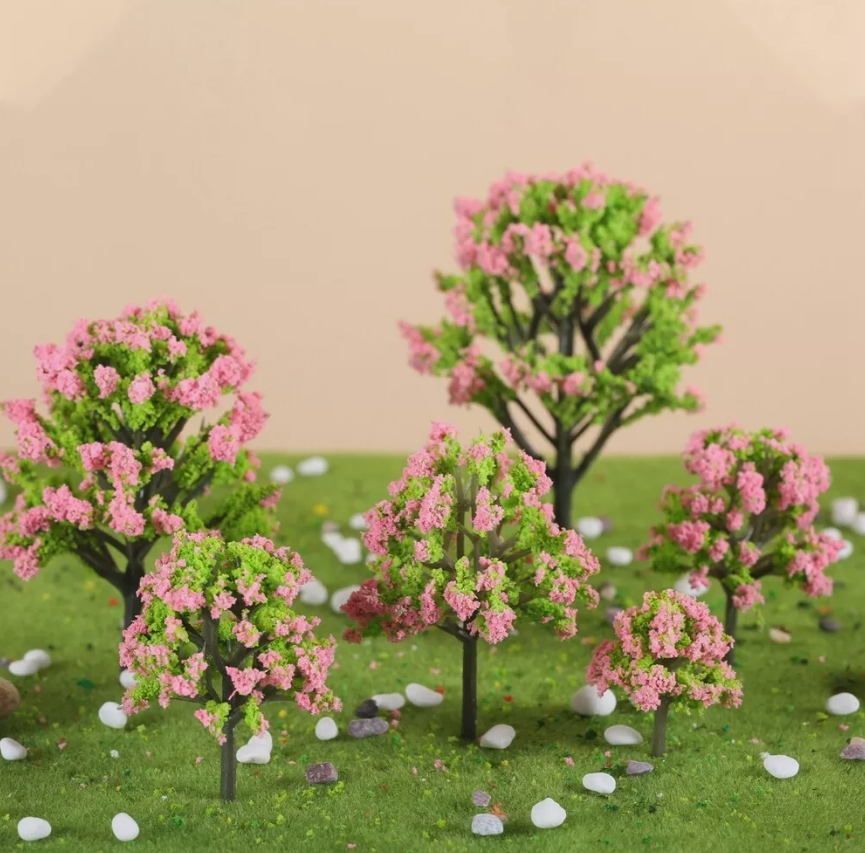The flower model is an important concept that is widely used in many fields, especially in education, business and project management. It structures complex systems or topics so that they can be clearly understood and analyzed. The basic structure of the flower model is usually centered on the center, surrounded by multiple petals, each petal representing a subtheme or key element, this shape symbolizes vitality and vitality.
In the field of education, flower models are used as tools for visualizing the structure of knowledge. Teachers can use this model to help students clarify their thoughts and sort out the relationship between knowledge points. By placing core concepts in the center, students can gradually expand to relevant information and knowledge, promoting deep learning. For example, the center may be the basic theory of a subject, while the surrounding petals are relevant experiments, case studies, or practical applications that encourage students to explore from different perspectives.
In business, flower models are often used for strategic planning and market analysis. When developing a business plan, a company can put its core objectives at the center, such as increasing market share, and then develop various strategies and tactics around it. This graphical presentation helps team members systematically analyze the advantages and disadvantages of different solutions and clarify their roles and responsibilities during the discussion phase, thus improving the execution efficiency.
In project management, flower models also play a unique role. In complex projects, the various links are often intricate and difficult to sort out one by one. Using the flower model, you can bring together key tasks and milestones of the project, making the overall progress visible. The project leader can monitor the progress of each sub-task on the basis of a central goal and adjust the strategy in time to ensure the smooth progress of the project.




